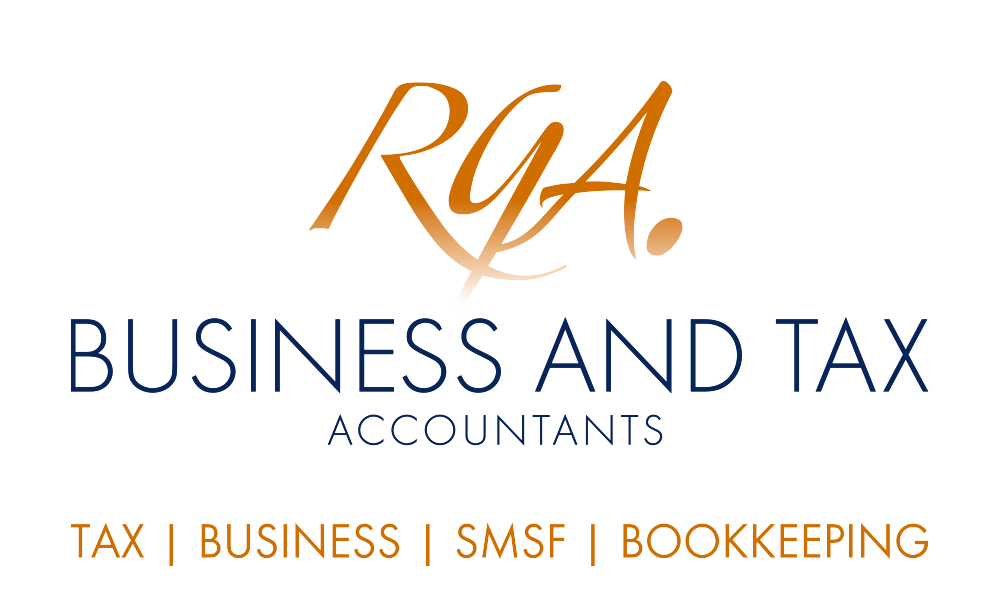Are Your Contractors Really Employees?

Two landmark cases before the High Court highlight the problem of identifying whether a worker is an independent contractor or employee for tax and superannuation purposes.
Many business owners assume that if they hire independent contractors they will not be responsible for PAYG withholding, superannuation guarantee, payroll tax and workers compensation obligations. However, each set of rules operates a bit differently and in some cases genuine contractors can be treated as if they were employees. Also, correctly classifying the employment relationship can be difficult and there are significant penalties faced by businesses that get it wrong.
Two cases handed down by the High Court late last month clarify the way the courts determine whether a worker is an employee or an independent contractor. The High Court confirmed that it is necessary to look at the totality of the relationship and use a ‘multifactorial approach’ in determining whether a worker is an employee. That is, if it walks like a duck and quacks like a duck, it’s probably a duck, even if on paper, you call it a chicken.
In CFMMEU v Personnel Contracting and ZG Operations Australia v Jamse, the court placed a significant amount of weight on the terms of the written contract that the parties had entered into. The court took the approach that if the written agreement was not a sham and not in dispute, then the terms of the agreement could be relied on to determine the relationship. However, this does not mean that simply calling a worker an independent contractor in an agreement classifies them as a contractor. In this case, a labour hire contractor was determined to be an employee despite the contract stating he was an independent contractor.
In this case, Personnel Contracting offered the labourer a role with the labour hire company. The labourer, a backpacker with some but limited experience on construction sites, signed an Administrative Services Agreement (ASA) which described him as a “self-employed contractor.” The labourer was offered work the next day on a construction site run by a client of Personnel Contracting, performing labouring tasks at the direction of a supervisor employed by the client. The labourer worked on the site for several months before leaving the state. Some months later, he returned and started work at another site of the Personnel Contracting’s same client. The question before the court was whether the labourer was an employee.
Overturning a previous decision by the Full Federal Court, the High Court held that despite the contract stating the labourer was an independent contractor, under the terms of the contract, the labourer was required to work as directed by the company and its client. In return, he was entitled to be paid for the work he performed. In effect, the contract with the client was a “contract of service rather than a contract for services”, as such the labourer was an employee.
The second case, ZG Operations Australia v Jamse produced a different result.
In this case, two truck drivers were employed by ZG Operations for nearly 40 years. In the mid-1980’s, the company insisted that it would no longer employ the drivers, and would continue to use their services only if they purchased their trucks and entered into contracts to carry goods for the company. The respondents agreed to the new arrangement and Mr Jamsek and Mr Whitby each set up a partnership with their wife. Each partnership executed a written contract with the company for the provision of delivery services, purchased trucks from the company, paid the maintenance and operational costs of those trucks, invoiced the company for its delivery services, and was paid by the company for those services. The income from the work was declared as partnership income for tax purposes and split between each individual and their wife.
Overturning a previous decision in the Full Federal Court, the High Court held that the drivers were not employees of the company.
Consistent with the decision in the Personnel Contracting case, a majority of the court held that where parties have comprehensively committed the terms of their relationship to a written contract (and this is not challenged on the basis that it is a sham or is otherwise ineffective under general law or statute), the characterisation of the relationship must be determined with reference to the rights and obligations of the parties under that contract.
After 1985 or 1986, the contracting parties were the partnerships and the company. The contracts between the partnerships and the company involved the provision by the partnerships of both the use of the trucks owned by the partnerships and the services of a driver to drive those trucks. This relationship was not an employment relationship. In this case the fact that the workers owned and maintained significant assets that were used in carrying out the work carried a significant amount of weight.
For employers struggling to work out if they have correctly classified their contractors as employees, it will be important to review the agreements to ensure that the “rights and obligations of the parties under that contract” are consistent with an independent contracting arrangement. Merely labelling a worker as an independent contractor is not enough if the rights and obligations under the agreement are not consistent with the label. The High Court stated, “To say that the legal character of a relationship between persons is to be determined by the rights and obligations which are established by the parties' written contract is distinctly not to say that the “label” which the parties may have chosen to describe their relationship is determinative of, or even relevant to, that characterisation.”
A genuine independent contractor who is providing personal services will typically be:
· Autonomous rather than subservient in their decision-making;
· Financially self-reliant rather than economically dependent upon the business of another; and,
· Chasing profit (that is a return on risk) rather than simply a payment for the time, skill and effort provided.
Every business that employs contractors should have a process in place to ensure the correct classification of employment arrangements and review those arrangements over time. Even when a worker is a genuine independent contractor this doesn’t necessarily mean that the business won’t have at least some employment-like obligations to meet. For example, some contractors are deemed to be employees for superannuation guarantee and payroll tax purposes.
-End-
Quote of the month
“The ultimate measure of a man is not where he stands in moments of comfort and convenience, but where he stands at times of challenge and controversy.”
Martin Luther King, Jr.
Keep up-to-date.
If you would like to keep up-to-date with all the latest developments in the tax space, we can help to ensure your business doesn’t miss a single opportunity. With the Federal Budget coming up it is more important than ever to stay on top of new measures that could benefit your business.
Email us at Robert Goodman Accountants at reception@rgoodman.com.au . © Copyright 2022 Knowledge Shop. All rights reserved. Brought to you by Robert Goodman Accountants.









